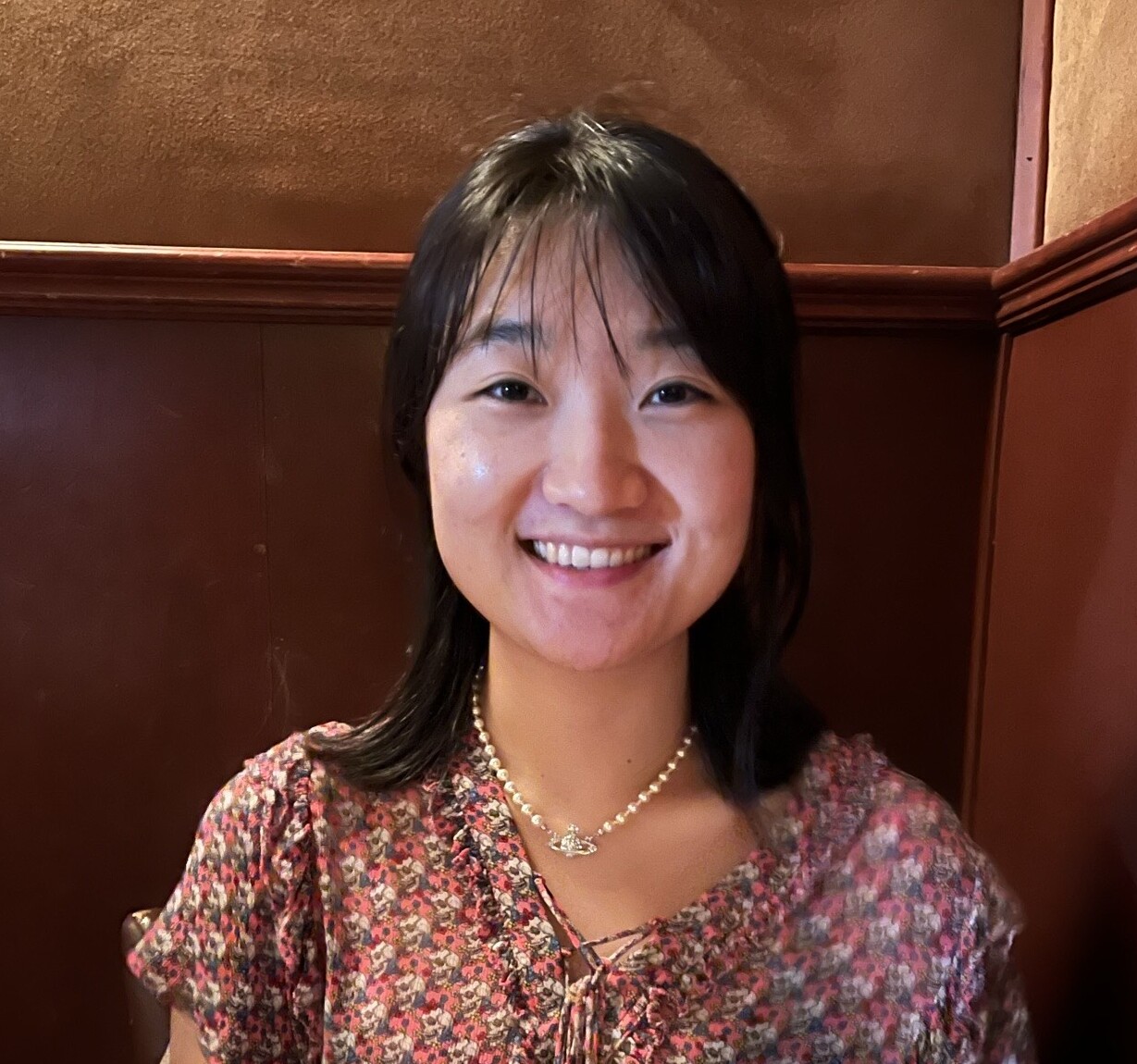
Quantum Spinoptics
The conference aims at the interdisciplinary experiment of bringing together experts from solid state and quantum optics, in order to foster dialogue at the interface of the two communities. The goal is to plant the seed of a novel hybrid research area, where solid state systems are treated on the same footing as AMO driven-dissipative platforms, and, viceversa, where quantum optics can be reshaped by using concepts from spintronics, magnetism and the physics of correlated materials.We invite and encourage the contribution of selected speakers advancing the frontiers of any of the following fields:(i) dynamical phase transitions in driven-dissipative atomic or spin ensembles, ranging from traditional AMO platforms to spintronics and solid state devices;
(ii) quantum optics-inspired pumping schemes applied to condensed matter models;
(iii) correlated emission and dissipative engineering to build entangled states, and shape novel sub- and superradiant phenomena;
(iv) noise sensing and engineering in light-matter interfaces and NV/color centers.









